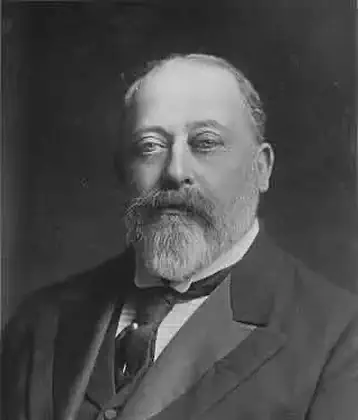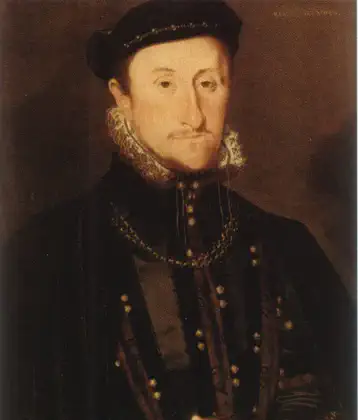On January 22, 1689 in Celtic History
William of orange and mary become joint sovereigns of the uk

William of Orange and Mary became joint sovereigns of England, Scotland, and Ireland after the Glorious Revolution of 1688. The Glorious Revolution was a pivotal event in English history that led to the overthrow of King James II. The revolution was considered “glorious” because it was relatively bloodless and resulted in significant political and constitutional changes.
Key points about William of Orange (William III) and Mary:
Invitation to William
Concerns over James II’s Catholic leanings and the desire to maintain Protestant succession led to William of Orange, who was married to James’s Protestant daughter Mary, being invited to intervene.
Landing in England
William, along with a Dutch fleet, landed in Brixham, Devon, on November 05, 1688. His arrival sparked desertions from James II’s army and defections among key political and military figures.
Declaration of Rights
In 1689, the English Parliament offered the throne jointly to William and Mary, his wife, as long as they accepted the Declaration of Rights. The Declaration outlined the limits of royal power and established certain civil liberties.
Bill of Rights
The Declaration of Rights was later enshrined in law as the Bill of Rights in 1689. It marked a significant step towards constitutional monarchy and parliamentary sovereignty.
Coronation
William and Mary were crowned as joint monarchs on April 11, 1689.
Union of England and Scotland
In 1707, during the reign of Queen Anne (Mary’s sister), the Acts of Union were passed, officially uniting the Kingdom of England and the Kingdom of Scotland to form the Kingdom of Great Britain.
William III and Mary II ruled jointly until Mary’s death in 1694. After her death, William continued to rule as the sole monarch until his own death in 1702. The Glorious Revolution had profound and lasting effects on the constitutional structure of England and laid the groundwork for constitutional monarchy.






